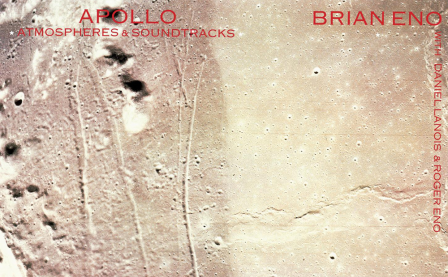“Living only for the moment, savoring the moon, the snow, the cherry blossoms, and the maple leaves, singing songs, drinking sake, and diverting oneself just in floating, unconcerned by the prospect of imminent poverty, buoyant and carefree, like a gourd carried along with the river current: this is what we call ukiyo.”
– Asai Ryōi, Tales of the Floating World, 1661
The Japanese word ukiyo, a homonym meaning both “sorrowful world” and “floating world,” holds two interdependent concepts in suspense: the ephemerality of the passing moment and an epicurean response to this ephemerality.
This particular floating world — the world of This Floating World — depends upon this tension. This is an album about impermanence and our reaction to it.
Roger Eno wrote seven short texts to accompany the album. In these texts, lives are recounted in the time it takes a tea to cool. Lives are summed up in the detritus of a thrift shop. Lives remain in the past, because the present can no longer accommodate them.
Eno also took 15 photographs to accompany the album. A grandfather clock, an hourglass, a tide clock. The ruins of a high brick wall.
Eno composed 12 short piano pieces. Their titles suggest a heavy loss: “Where You Once Were,” “Empty Room,” “That Sinking Feeling,” “Where to Now?”
Other tracks, however, aspire to a complete awareness of the sensuous present: “The Last Day of May,” “Garden,” “Silk,” “Bee in Early August.”
How to account for this discrepancy?
This album is the product of a monastic solitude. It must be.
These songs are fragile, dissolving note by note into silence.
At times, the piano is accompanied by vocals, chimes, electronics. The result is to make the piano more, not less, isolated.
And yet: in inhabiting these songs, the listener is less alone.
Look out the window. It will never look the same.
More about: Roger Eno




